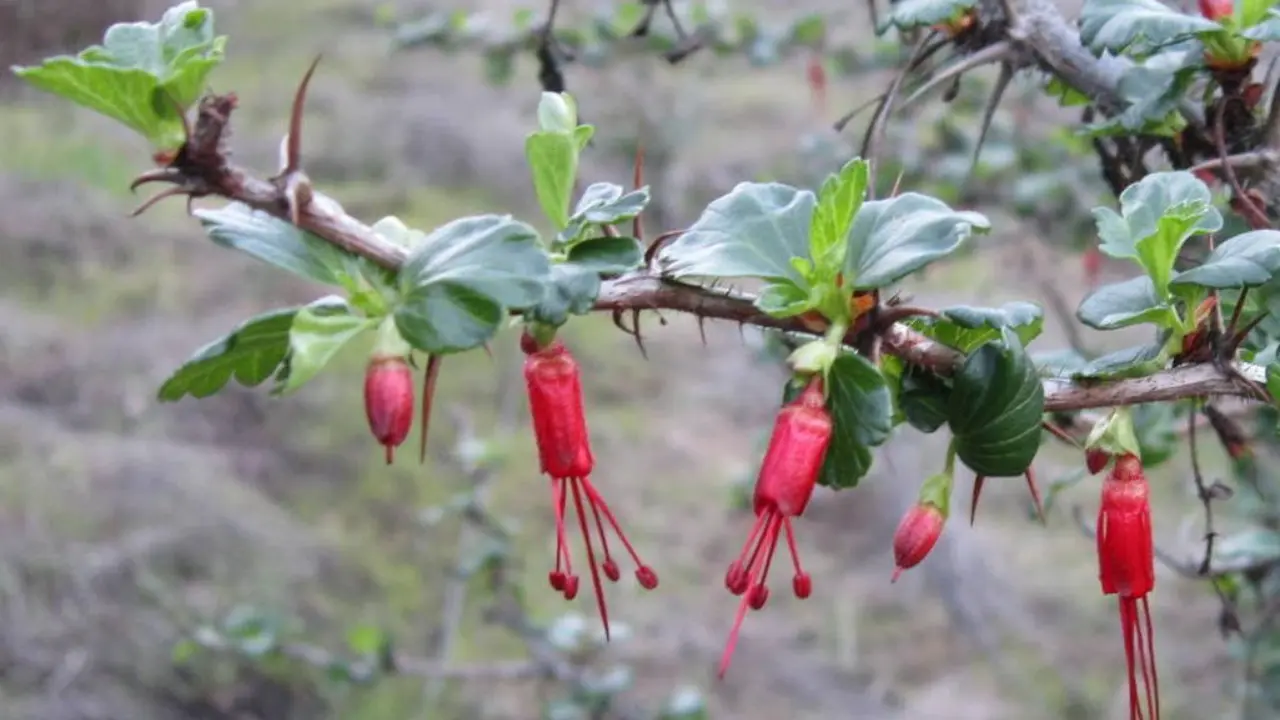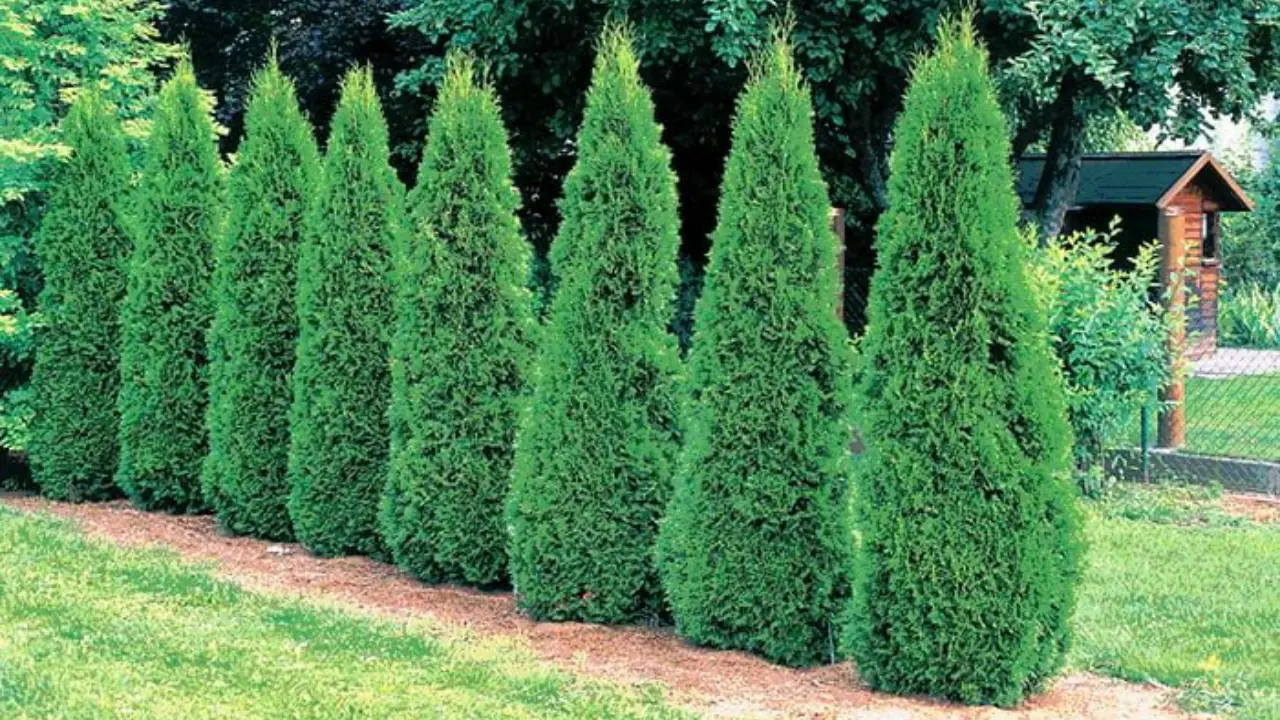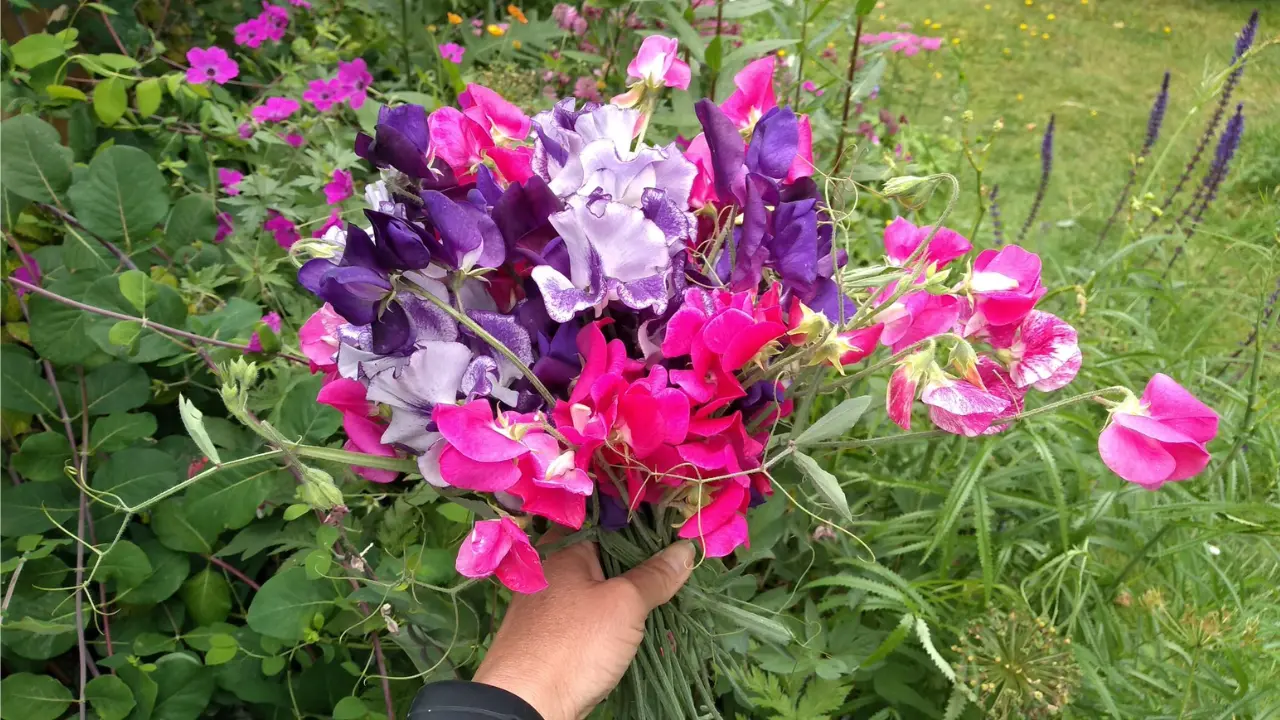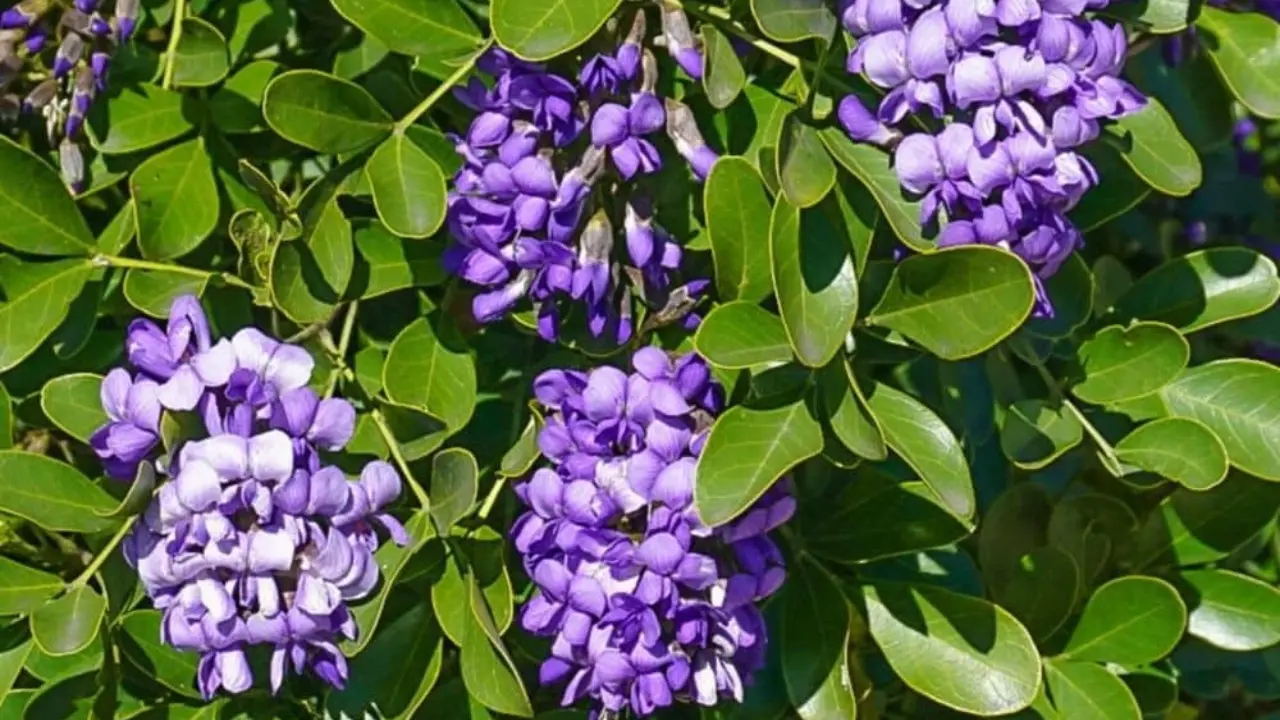Gardeners are always on the search for unusual and attractive plants to improve their outdoor environments. If you’re one among them, the Fuchsia Flowering Gooseberry will please you. With its vivid colors and delicate blossoms, this plant is an eye-catching addition to any landscape. In this post, we will look at the Fuchsia Flowering Gooseberry from start to finish, covering its qualities, cultivation suggestions, and aesthetic appeal. Let’s get started!
Ribes speciosum, often known as the Fuchsia Flowering Gooseberry, is a deciduous shrub endemic to California and Mexico. It is a member of the Grossulariaceae family and is well-known for its mesmerizing flowers and lovely leaves. Gardeners love this plant because of its unusual look and flexibility.
Overview of Fuchsia Flowering Gooseberry
The Fuchsia Is Blooming Gooseberry is a medium-sized shrub that may grow up to 6 feet tall. It has arching branches with beautiful, deep green foliage. The pendulous blooms that dangle gracefully from the stems, on the other hand, are genuine show-stoppers. These blooms are a magnificent blend of brilliant red, magenta, and purple colors that create a gorgeous show.
Characteristics of Fuchsia Flowering Gooseberry
The Fuchsia Is Blooming Gooseberry has various distinguishing traits that make it an attractive addition to any garden. The leaves of the plant are palmately lobed, giving it a beautiful and complex appearance. The tubular blooms, which bloom from spring to early summer, hang like tiny lanterns, attracting pollinators like hummingbirds. Following blooming, the plant develops tiny, crimson berries, which provide aesthetic appeal.
Cultivating Fuchsia Flowering Gooseberry
To ensure the healthy growth of your Fuchsia Flowering Gooseberry, it’s essential to provide it with the right conditions. Let’s explore the key factors for successful cultivation.
Suitable Climate
Flowering Fuchsia Gooseberry flourishes in moderate coastal locations and Mediterranean climates. It enjoys temperatures ranging from 50°F to 85°F (10°C to 29°C) and grows well in USDA hardiness zones 7 to 10.
Soil Requirements
This plant thrives in well-drained soil with a slightly acidic to neutral pH level. Adding organic matter, such as compost, to the soil before planting will enhance its fertility and drainage.
Planting Process
Plant your Fuchsia Flowering Gooseberry in a somewhat shaded place to shield it from direct sunshine. Dig a hole twice the width and depth of the plant’s container, leaving enough room for the roots to expand comfortably. Backfill the hole with dirt and carefully firm it around the plant’s base.
Watering and Fertilization
Water the plant regularly, keeping the soil moist but not wet. Mulching around the plant’s base helps preserve moisture and inhibits weed development. To ensure healthy development and plentiful blooms, fertilize the Fuchsia Flowering Gooseberry in the spring with a balanced slow-release fertilizer.
Maintenance and Pruning
Pruning is essential for keeping your Fuchsia Flowering Gooseberry in form and health. Pruning should be done during the plant’s dormant season, which is usually late winter or early spring. To promote bushier and more compact growth, remove any dead or broken branches and cut back any excessive growth. Check for symptoms of pests or illnesses regularly and take appropriate action if necessary.
Pests and Diseases
Although the Fuchsia Flowering Gooseberry is largely resistant to pests and diseases, it does meet difficulties on occasion. Aphids, spider mites, and powdery mildew are some of the most prevalent problems that gardeners face. Regular inspection, good hygiene, and prompt action may all assist in successfully avoiding and managing these issues.
Propagation Methods
Seeds, cuttings, and layering are all techniques for propagating Fuchsia Flowering Gooseberry. Seeds take longer to establish, however, cuttings and layering provide faster results. You may grow your Fuchsia Flowering Gooseberry collection and share its beauty with others by using suitable propagation procedures.
Landscaping Ideas with Fuchsia Flowering Gooseberry
The striking appearance of the Fuchsia Flowering Gooseberry makes it a fantastic addition to any landscape design. Here are a few ideas on how to incorporate this plant into your outdoor space:
- Create a vibrant focal point by planting Fuchsia Flowering Gooseberry in a prominent spot in your garden.
- Combine it with other shade-loving plants to create a captivating woodland garden.
- Grow it near a patio or seating area where you can enjoy its enchanting flowers up close.
- Use it as a natural hedge or border plant to add texture and color to your garden.
Benefits of Fuchsia Flowering Gooseberry
Aside from its visual appeal, the Gooseberry offers several benefits for both gardeners and the ecosystem. Here are a few notable advantages:
- Attracts pollinators: The vibrant flowers of the Gooseberry attract hummingbirds, bees, and butterflies, contributing to a thriving and diverse ecosystem.
- Low maintenance: Once established, this plant requires minimal care, making it suitable for busy gardeners or those with limited gardening experience.
- Unique aesthetics: The unique combination of colors and elegant foliage of the Gooseberry adds a touch of sophistication and charm to any garden.
Conclusion
The Gooseberry is a fantastic option for a visually appealing and low-maintenance addition to your landscape. This plant is likely to amaze you and your guests with its magnificent pendulous blooms, elegant leaves, and various landscaping options. Embrace the Gooseberry’s splendor to create a lively and captivating outdoor setting.



